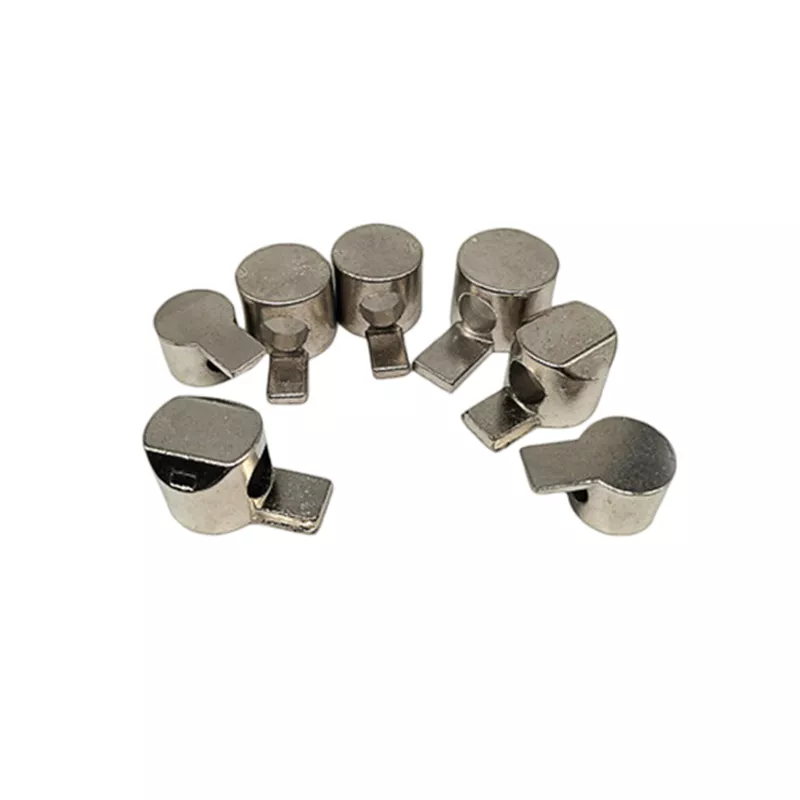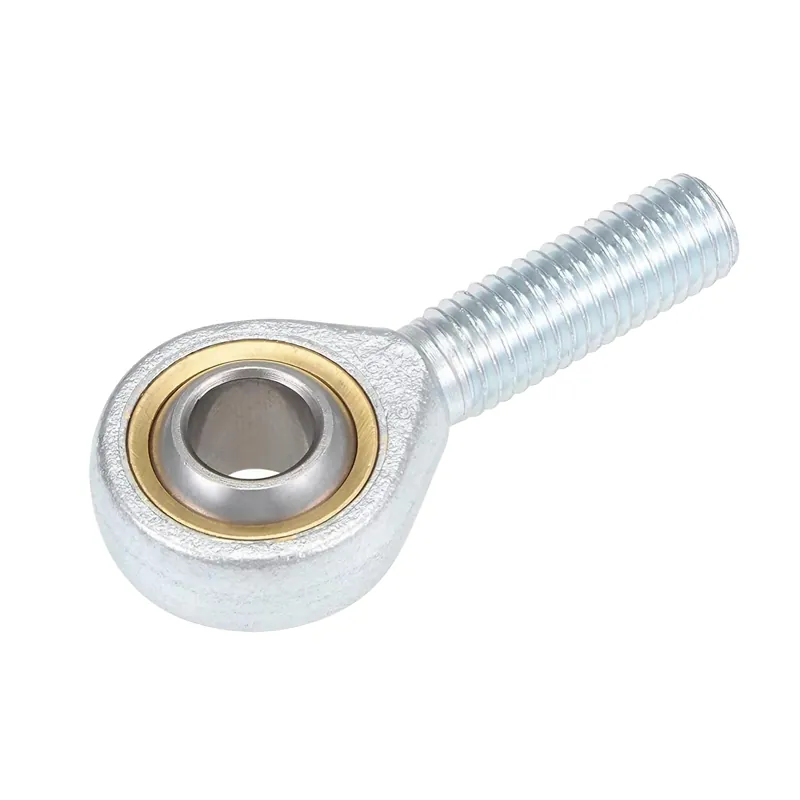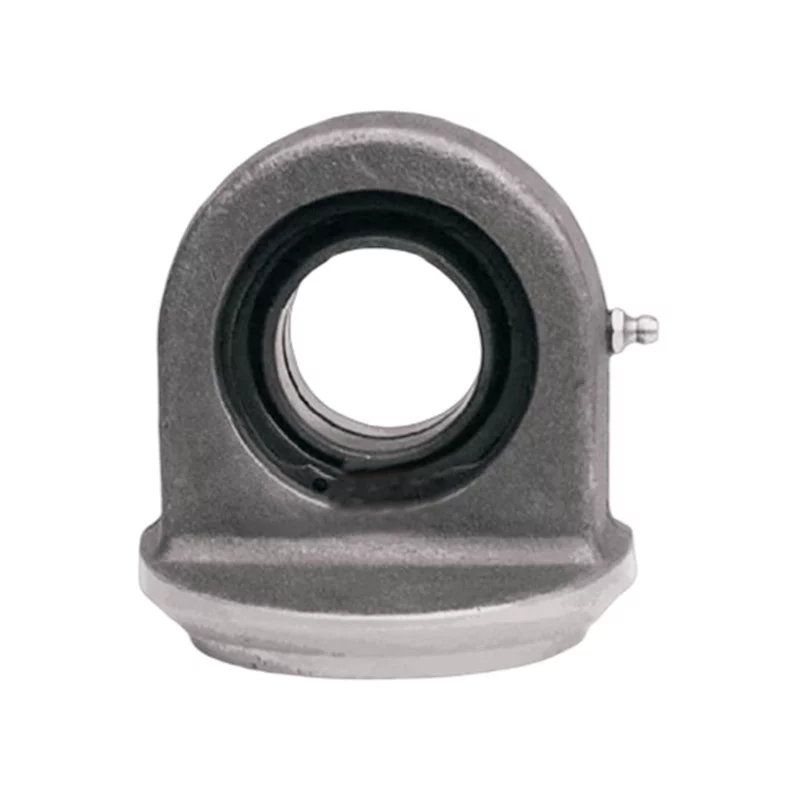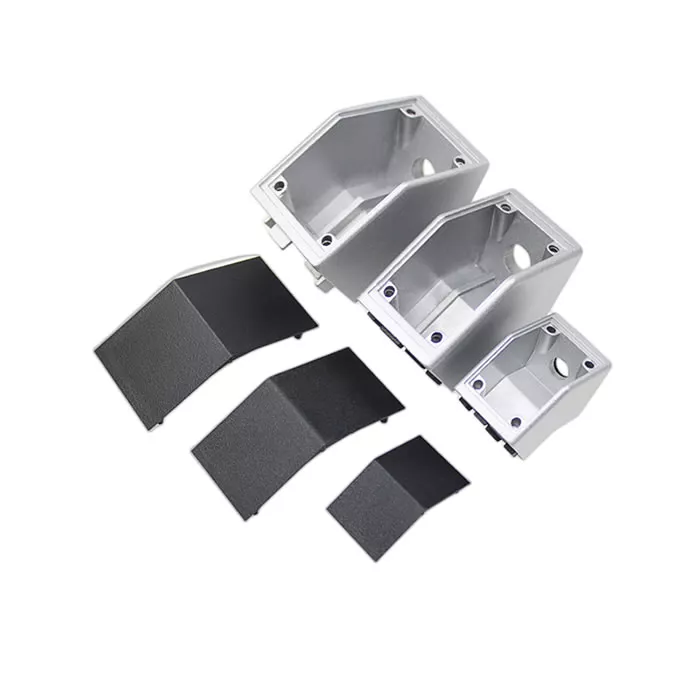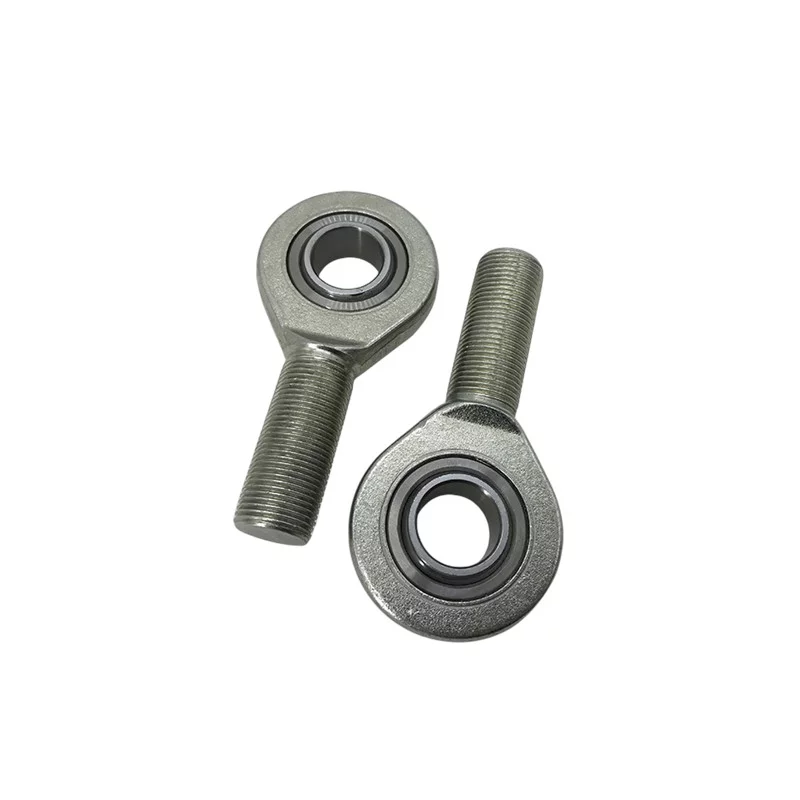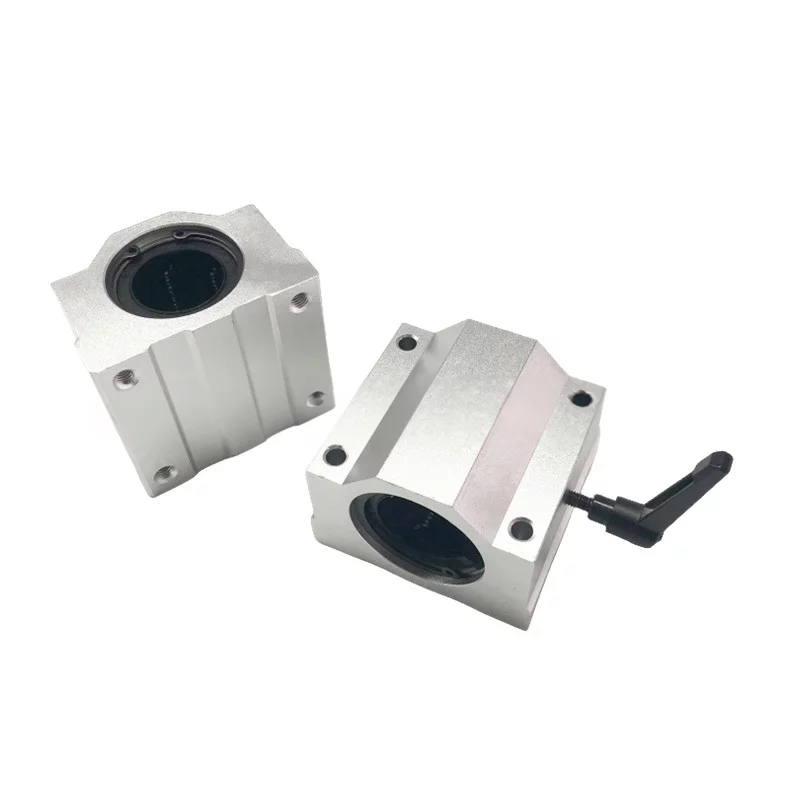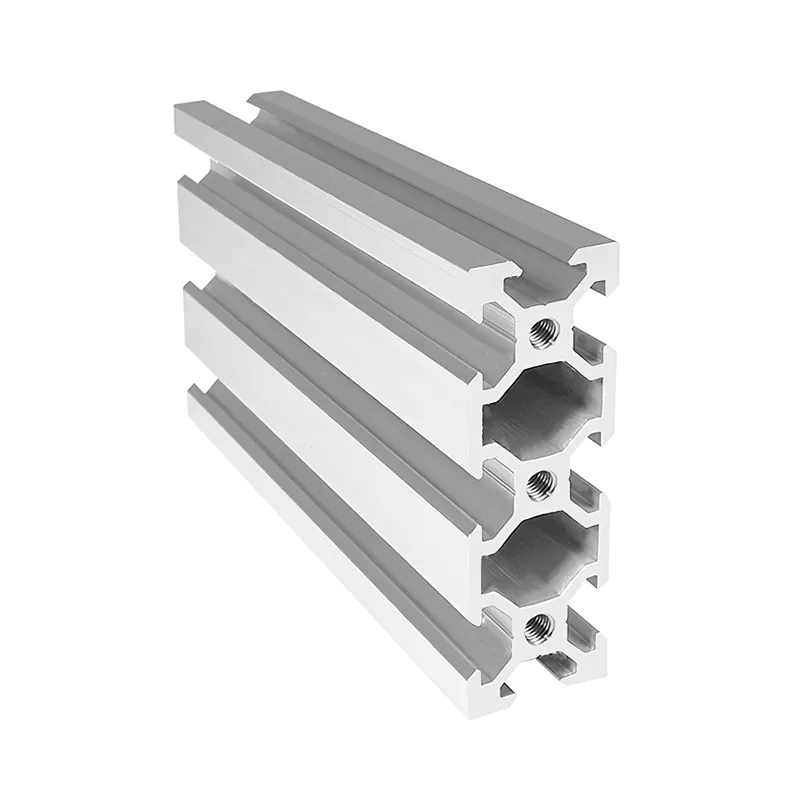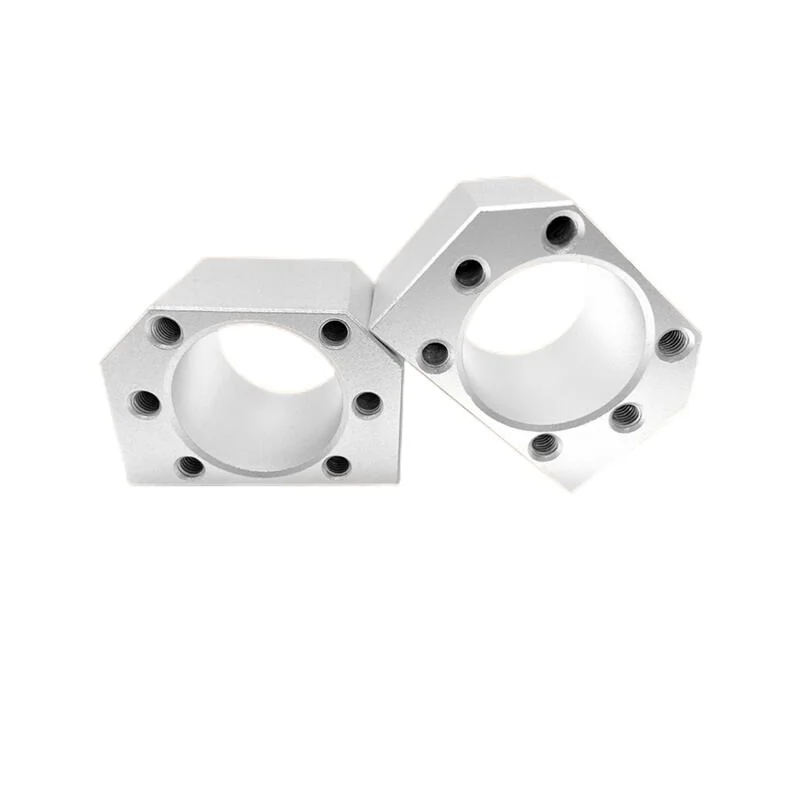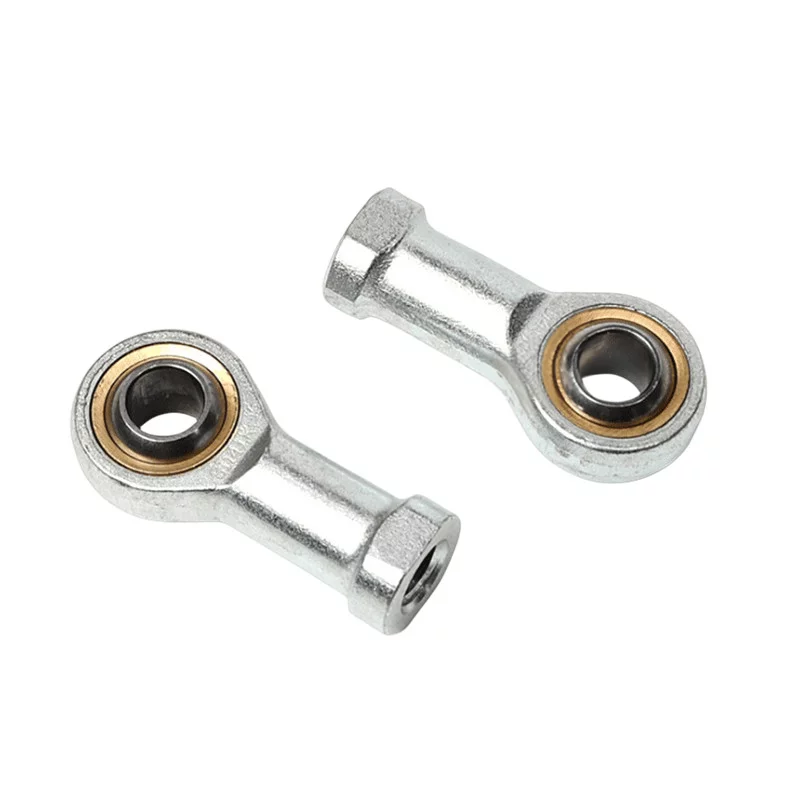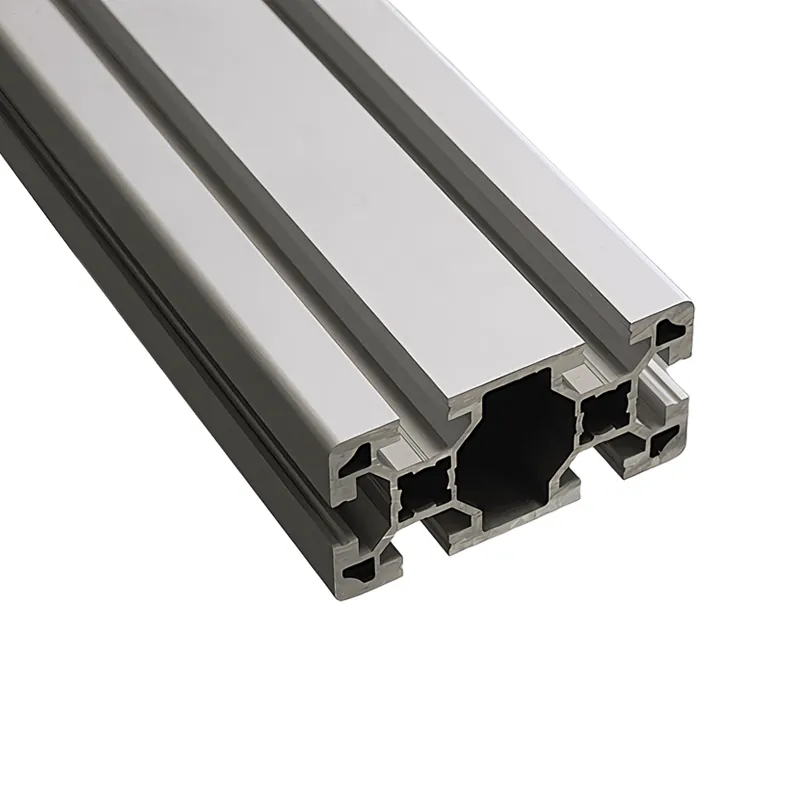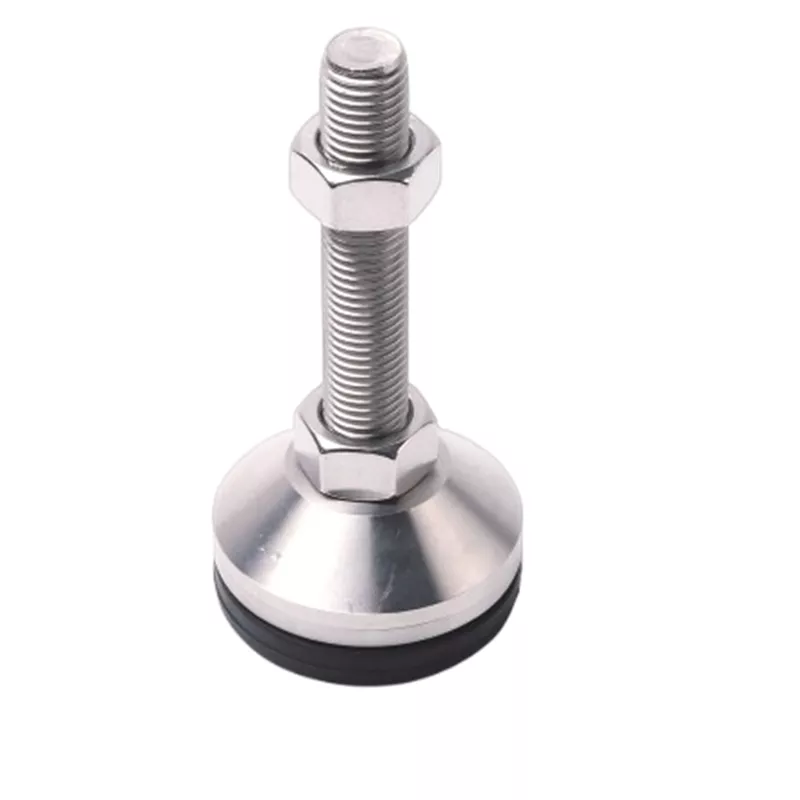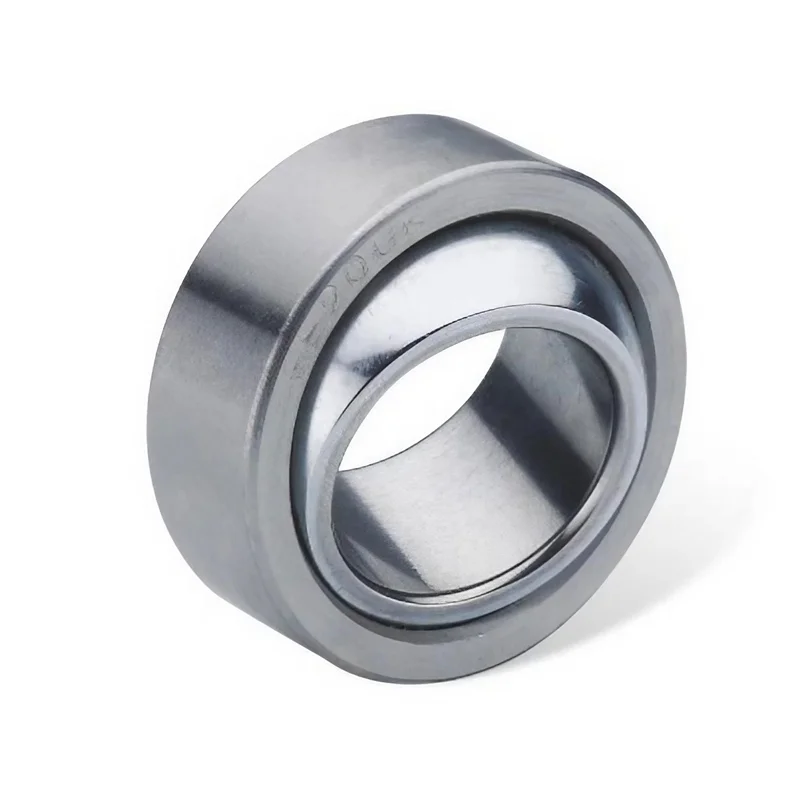The advantages of rod end bearings
Rod End Bearings offer several advantages in mechanical systems.
They provide articulation and flexibility, allowing for smooth
rotational movement about multiple axes.
This enables precise motion control in various applications.
One of the key benefits is their ability to accommodate
misalignment between mating components. Rod end bearings
compensate for angular deviations, ensuring reliable performance
even in challenging conditions where alignment changes are necessary.
These bearings also distribute loads evenly along their contact surfaces,
reducing stress concentration on specific points.
This improves load-carrying capacity and minimizes the risk
of premature failure or deformation of connected components.
Another advantage is the reduction in friction between moving parts.
Rod end bearings help improve efficiency by minimizing wear and tear,
resulting in enhanced overall system performance.
Additionally, rod end bearings have vibration damping properties.
They absorb shocks and dampen vibrations generated during operation,
leading to reduced noise levels and increased
stability while extending the lifespan of the system.
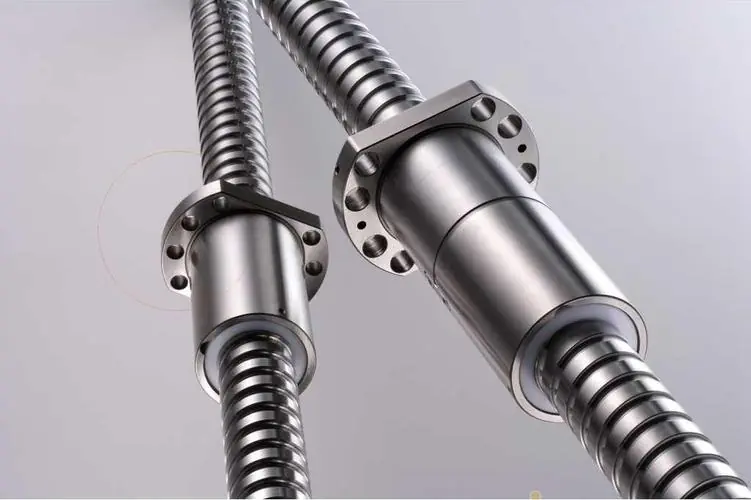 Why Precision Ball Screws are Vital for Industrial Automation and How to Choose the Right Supplier
Why Precision Ball Screws are Vital for Industrial Automation and How to Choose the Right Supplier
 SAIVS Linear Motion Ball Slide Units – Precision and Reliability for Your CNC Needs
SAIVS Linear Motion Ball Slide Units – Precision and Reliability for Your CNC Needs
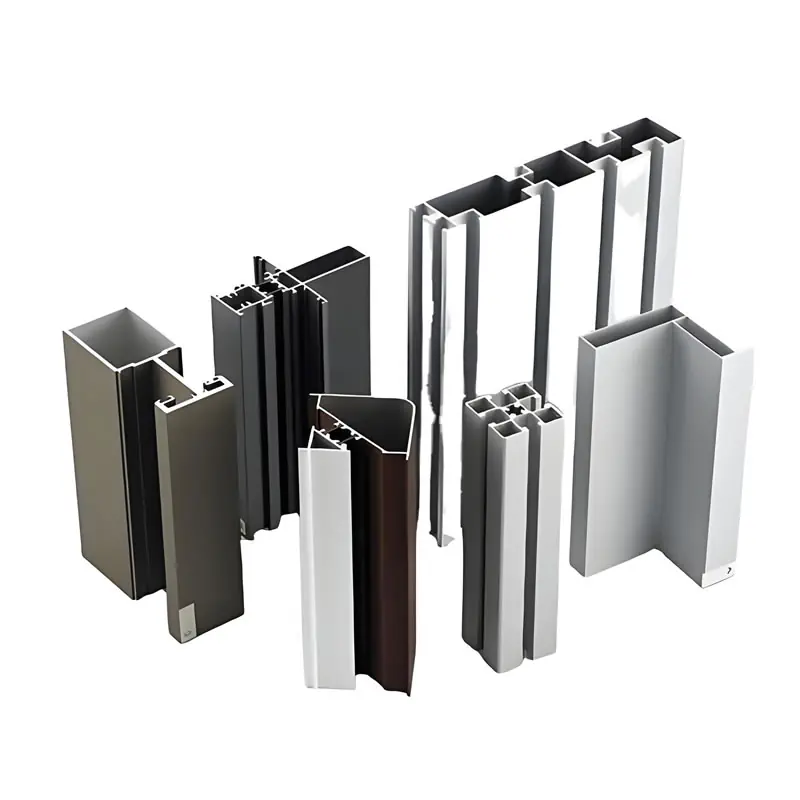 High - Quality T - Slot Aluminum Extrusion Profiles from Ningbo SAIVS Machinery Co., Ltd
High - Quality T - Slot Aluminum Extrusion Profiles from Ningbo SAIVS Machinery Co., Ltd
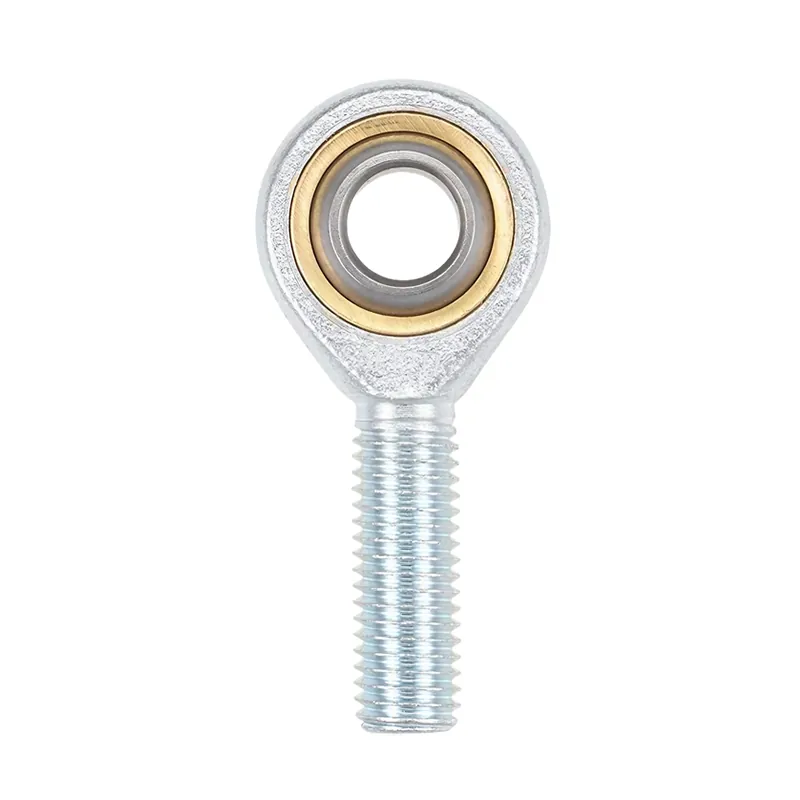 Enhance Industrial Efficiency with Premium Cylinder End Bearings from SAIVS
Enhance Industrial Efficiency with Premium Cylinder End Bearings from SAIVS

